Rambutans have a creamy white centre in a hairy, bright crimson fruit. These fruits originate from Malaysia but have just recently started to spread elsewhere in the world. In addition to their distinctive appearance and sweet flavour, they also provide some outstanding health advantages.
Rambutan is a well-liked component in many Asian desserts, including juices, cakes, ice creams, smoothies, and pudding, in addition to being used in traditional dishes including salads, soups, and curries. Rambutan juice is a cooling beverage that aids in body cooling, and it is frequently blended into several cocktails to offer a unique flavour. Additionally, jams and marmalades are made from the delicious and sweet rambutan fruit.
Table of Contents
What are rambutans?
Rambutan derives its name from the Malaysian word for hair. It's interesting that it's because of the fruit's red and green hairy shell. Rambutans resemble lychee and longan fruits when peeled. Its creamy, sweet, and juicily white flesh is translucent. The meat of the rambutan contains a solitary seed in the middle. The fruit is healthy and has a number of advantages.
Due to its wonderful health benefits, rambutan fruit is now slowly but surely becoming a superfood that is consumed by people all over the world. To enjoy the enormous and fantastic health advantages of rambutan, many people take it, whether as rambutan juice, a refreshing summer drink, or in desserts or curries.
How to eat rambutans?
At first glance, rambutans can appear frightening because of their thick furry skin. Once you understand how to peel these fruits, though, it's simple. The exterior fuzzy spines are soft and safe, and the skin is not difficult to cut through. Without removing the fruit from the skin, it is simple to cut and peel the skin.
The fruit has a pit within and is about the size of a cherry. Rambutans can be eaten raw, but you must be careful when eating to avoid the pit. All year long, the sweet flavour and juicy flesh make it the ideal complement to fruit salads, smoothies, or desserts.
The following are some ways to incorporate rambutan into your diet:
- Make a smoothie with rambutan fruit.
- Make rambutan fruit salad.
- Make ice cream with rambutans.
- Consider rambutan sorbet.
- Rambutans can be frozen and added to cocktails.
- Make jam out of rambutans.
Rambutans’ tree description:
The fruit of the rambutan tree, formally known as Nephelium lappaceum and a member of the Sapindaceae family of plants (which also includes the litchi fruit), is known as rambutan. It is indigenous to Malaysia, Indonesia, Thailand, the Philippines, and Singapore, all of which are warm South-East Asian nations. Aside from being commonly cultivated in Asia's Sri Lanka and India, as well as some regions of Africa and Central America with a warm climate, this plant flourishes in tropical conditions.
The tree typically grows to a height of 12 to 20 metres and comes in three varieties: hermaphroditic, which means it produces both male and female flowers as well as fruit, and producing exclusively male flowers. The 10 to 30 cm long, dark green leaves have a few leaflets and are arranged in an alternate pattern. The tree produces tiny, apetalous greenish-red blooms that lack conspicuous petals.
Rambutan’s flavour:
The rambutan fruit has a delectable flavour that is sweet and creamy soft in texture. It has a faint acidity that is frequently likened to the flavour of grapes.
Health benefits of Rambutans:
Lower Cancer Risk
Vitamin C, a strong antioxidant, is abundant in rambutans. Consuming antioxidants aids in the battle against free radicals, which are metabolic waste products that can harm your cells. In many people, antioxidants have been demonstrated to lessen cellular damage and perhaps even lower the risk of developing cancer.
Immune System
It has been demonstrated that rambutans support immune system health in a number of ways. First, the health and function of the immune system are related to the vitamin C in rambutans. Regularly consuming adequate vitamin C can improve long-term immunological health. Second, preliminary research suggests that some rambutan fruit extracts may aid in the prevention of infections. These extracts might stop viruses from multiplying, which would make it simpler for your immune system to fight against pathogens.
Boosts digestive health
Your digestive tract can become more robust with the aid of rambutans. They provide soluble and insoluble dietary fibre. By giving stools more volume and minimising impaction, the dietary fibre in rambutans can help ease constipation. Additionally, insoluble fibre supports the "good" bacteria in your digestive tract, allowing your intestines to more easily process complex foods.
Relieves muscle cramps
Rambutan contains magnesium, a crucial mineral for healthy muscle function. Rambutan fruits are a great option to relieve muscle cramps and soreness due to their notably high magnesium content. A rambutan fruit can also rapidly relieve symptoms of pain and discomfort after a vigorous workout when the muscles in the arms and legs are stressed.
Treats constipation
When consumed with substantial meals, rambutan's important dietary fibres enable regular bowel movements. This is essential to control kidney function and filter out any harmful waste after meal digestion and nutrient absorption. Additionally, it effectively treats digestive problems like indigestion and constipation.
Strengthens Bones
The calcium in rambutan fruit is assimilated by the body's bones, assisting in the maintenance of ideal bone density for daily activities and flexible, unrestricted movement. Rambutan's extremely high potassium concentration contributes to bone health by improving the body's cells and tissues' ability to absorb minerals.

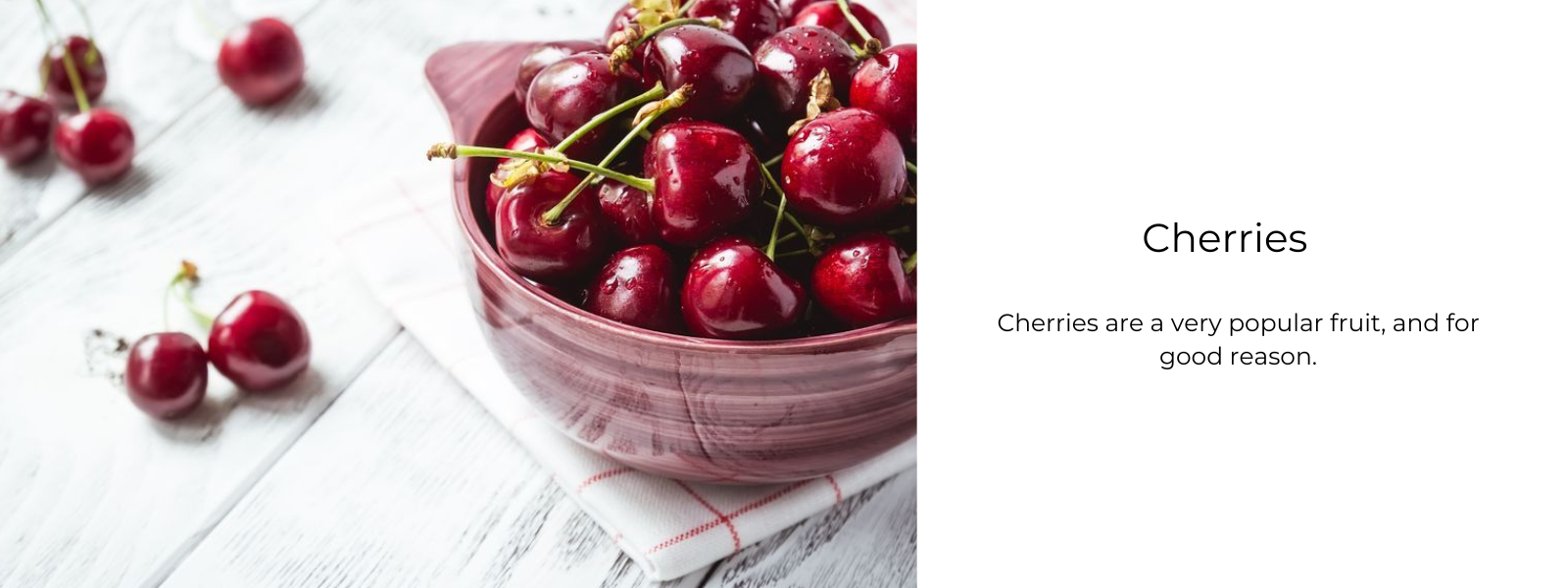
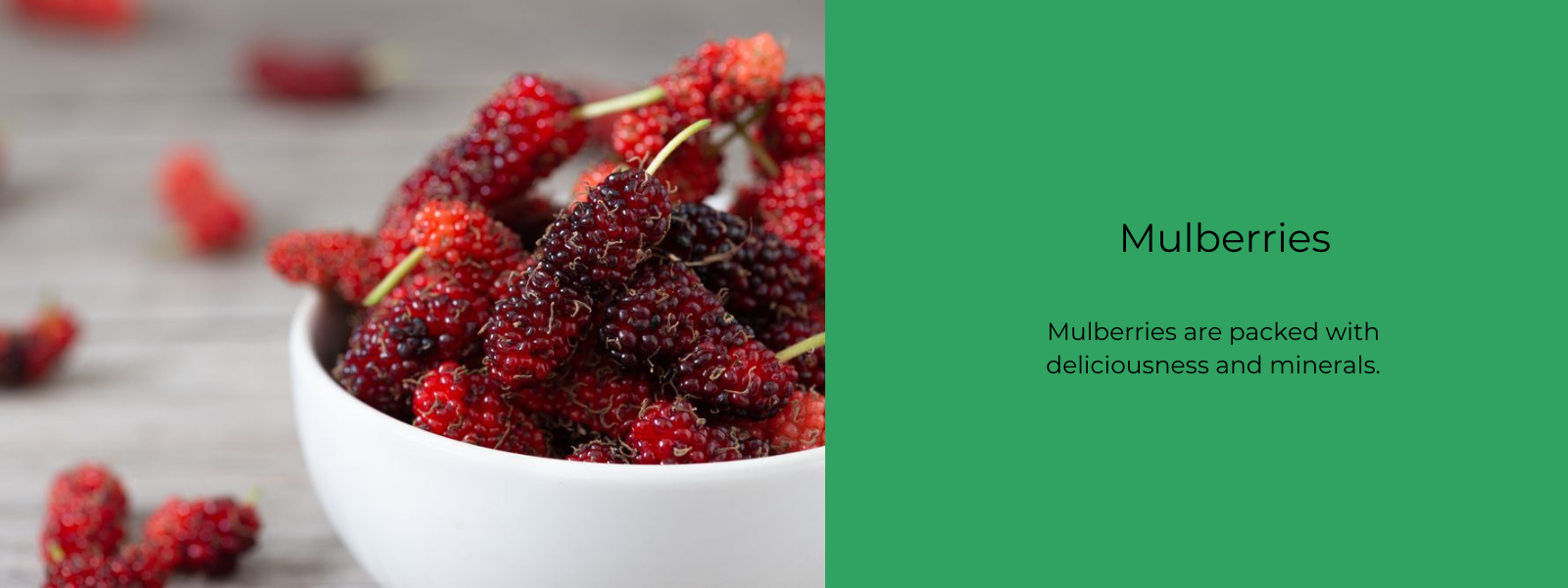
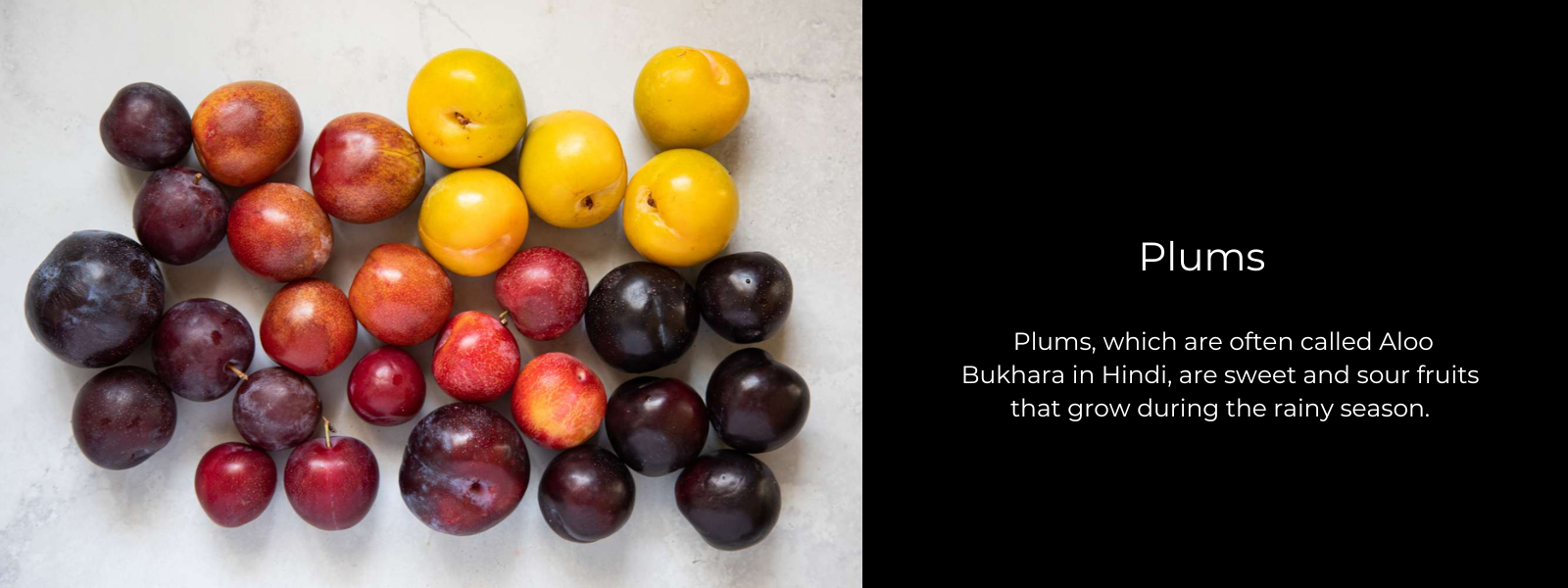
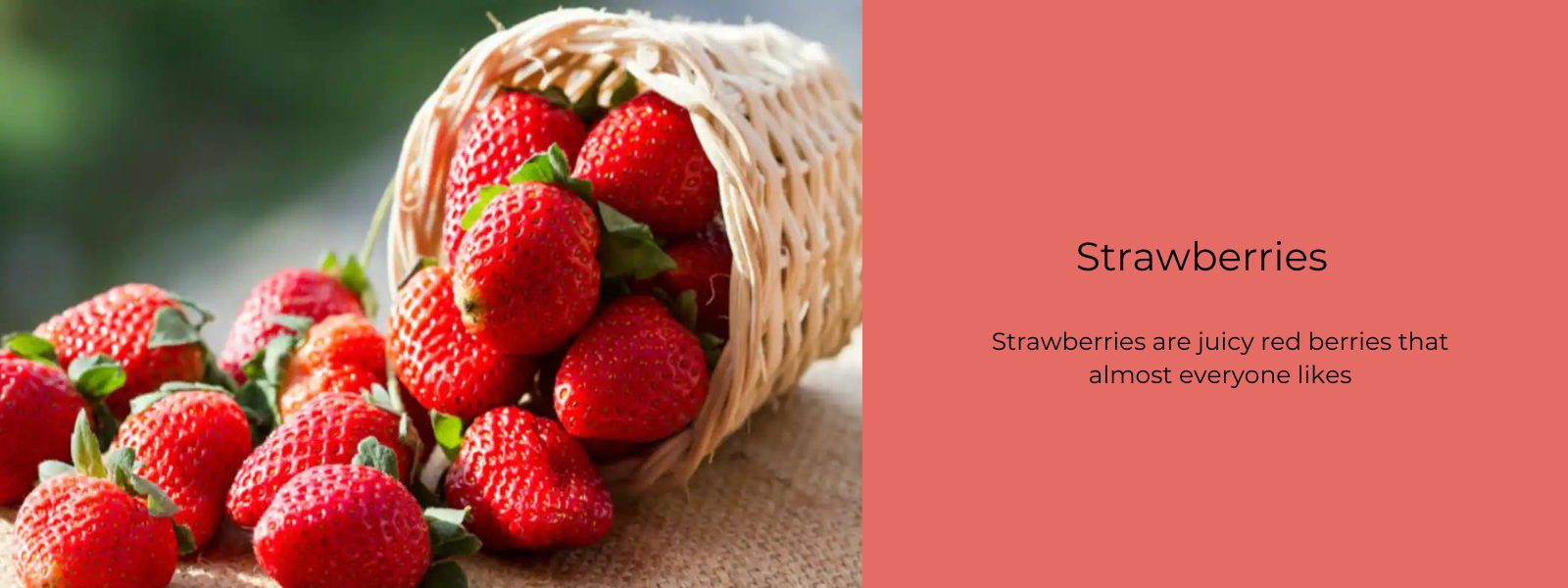
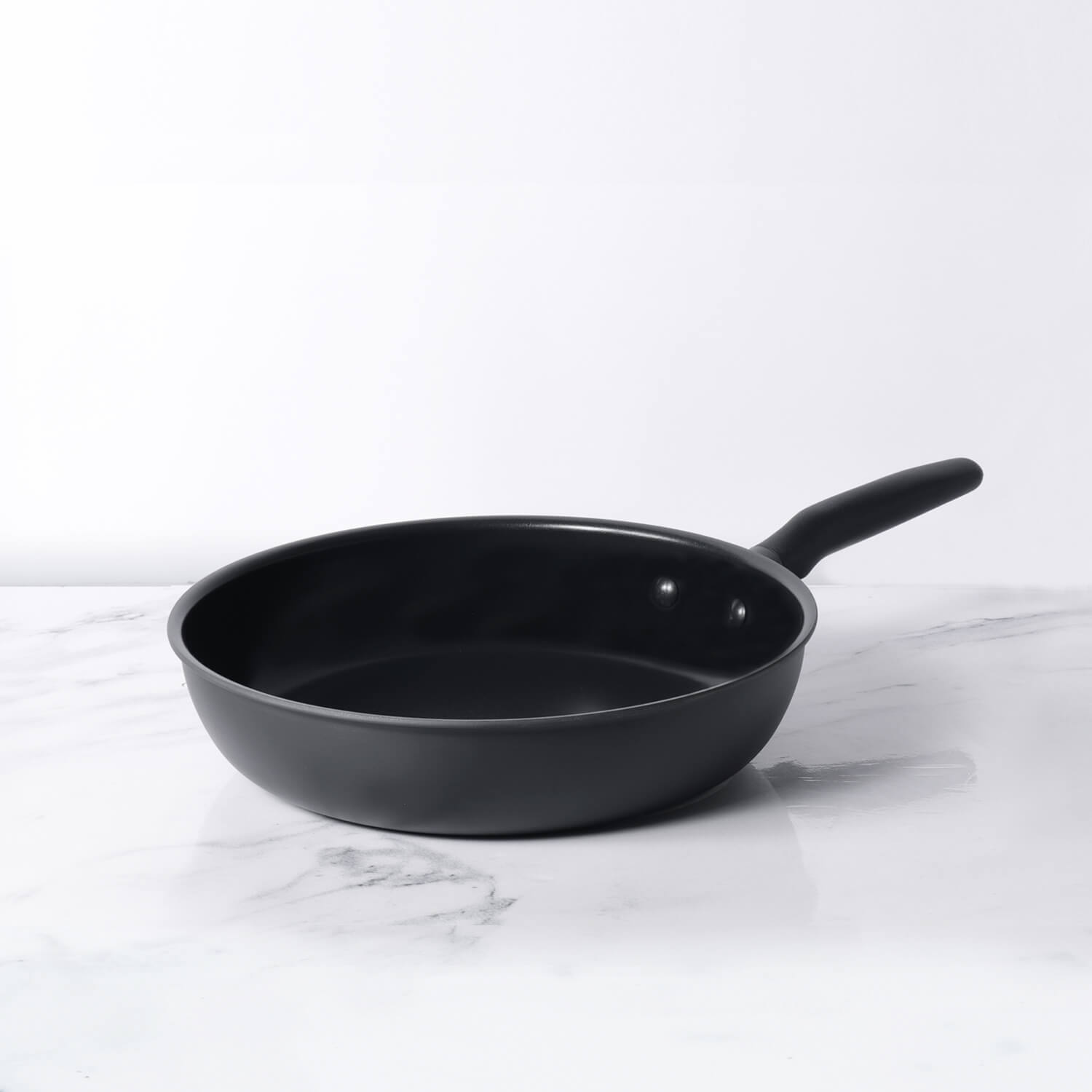
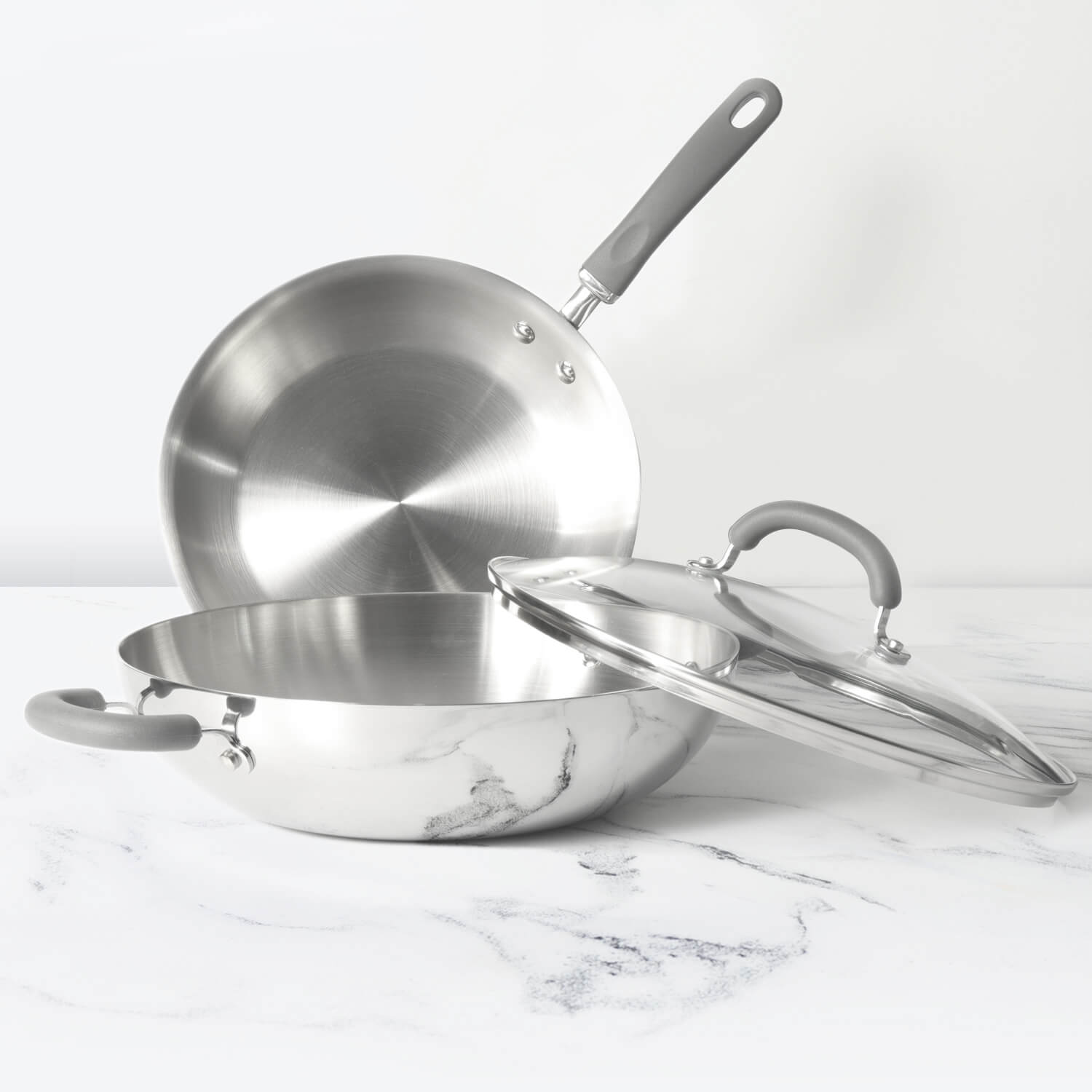




Leave a comment